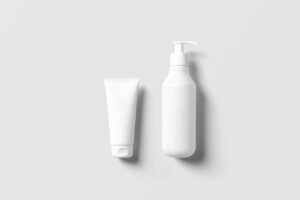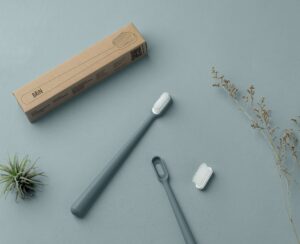Navigating the New Era

In recent years, there has been a significant shift towards clean beauty as more and more consumers become aware of the importance of conscious cosmetic choices. The clean beauty revolution is not just a trend; it’s a movement towards safer, more sustainable, and ethically sourced products. In this guide, we’ll delve into what clean beauty means, why it matters, and how you can make informed choices to support this transformative movement.
Understanding Clean Beauty
At its core, clean beauty refers to products that are formulated without potentially harmful ingredients such as parabens, phthalates, sulfates, and synthetic fragrances. These ingredients have been linked to various health concerns, including hormone disruption, skin irritation, and environmental damage. Clean beauty brands prioritize transparency and use natural, non-toxic ingredients that are gentle yet effective.
The beauty industry has historically been rife with questionable practices, from animal testing to the use of harmful chemicals. Clean beauty represents a departure from this status quo, offering consumers peace of mind knowing that the products they use are both safe for their bodies and environmentally responsible. By supporting clean beauty brands, you’re not only prioritizing your health but also advocating for a more sustainable and ethical approach to beauty.
Making Informed Choices
Navigating the world of clean beauty can feel overwhelming at first, but with a bit of knowledge and guidance, it becomes much more accessible. Here are some tips to help you make informed choices:
- Read Labels: Delve into the ingredient list of your beauty products to understand what you’re putting on your skin. Look out for commonly used harmful chemicals such as parabens, phthalates, sulfates, formaldehyde, and synthetic fragrances. These ingredients have been linked to various health concerns, including skin irritation, hormone disruption, and even carcinogenic effects. Instead, opt for products formulated with natural, plant-based ingredients, and keep an eye out for certifications such as USDA Organic, COSMOS Organic, or EWG Verified, which indicate a commitment to clean and safe formulations.
- Research Brands: Take the time to research the ethos and practices of the brands you’re considering purchasing from. Look beyond marketing claims and delve into their sourcing practices, manufacturing processes, and commitment to transparency. Seek out brands that prioritize sustainability, ethical sourcing, and cruelty-free practices. Look for certifications from reputable organizations such as Leaping Bunny, PETA, or the Soil Association, which attest to a brand’s commitment to cruelty-free and ethical standards. Additionally, explore online resources, forums, and reviews to learn from the experiences of other consumers and discover brands that align with your values.
- Start Small: Transitioning to clean beauty doesn’t have to be overwhelming. Begin by replacing one or two products in your routine with cleaner alternatives, such as your cleanser or moisturizer. Focus on the products that you use most frequently or those that cover large areas of skin, such as body lotions or sunscreen. This gradual approach allows you to adjust to new formulations and assess how your skin responds to cleaner ingredients over time. As you become more comfortable with clean beauty products, you can continue to expand your clean beauty collection and gradually phase out conventional products.
- Embrace DIY: Get creative in your beauty routine by experimenting with homemade skincare and beauty products. DIY beauty allows you to control the ingredients that go into your products, ensuring they’re free from harmful chemicals and tailored to your skin’s specific needs. Simple ingredients such as coconut oil, shea butter, jojoba oil, and essential oils can be used to create a variety of skincare solutions, from moisturizers and serums to scrubs and masks. Not only is DIY beauty fun and empowering, but it also reduces reliance on store-bought products and minimizes packaging waste.
- Support Sustainable Packaging: Consider the environmental impact of packaging when choosing clean beauty products. Look for brands that prioritize sustainable packaging materials such as glass, aluminum, or recyclable plastics. Opt for products packaged in refillable or biodegradable containers whenever possible to minimize waste. Additionally, explore brands that offer recycling programs or incentivize customers to return empty containers for recycling or upcycling. By supporting brands with eco-conscious packaging practices, you’re contributing to a more sustainable future for the beauty industry and reducing your environmental footprint.

The Future of Clean Beauty
As the clean beauty movement continues to gain momentum, we can expect to see even greater strides towards transparency, sustainability, and inclusivity within the industry. Clean beauty isn’t just a passing trend; it’s a fundamental shift towards a healthier, more conscious approach to beauty that benefits both people and the planet.
By supporting clean beauty brands and making informed choices about the products we use, we have the power to drive positive change and shape the future of the beauty industry. Together, let’s embrace the clean beauty revolution and pave the way for a brighter, more beautiful tomorrow.

